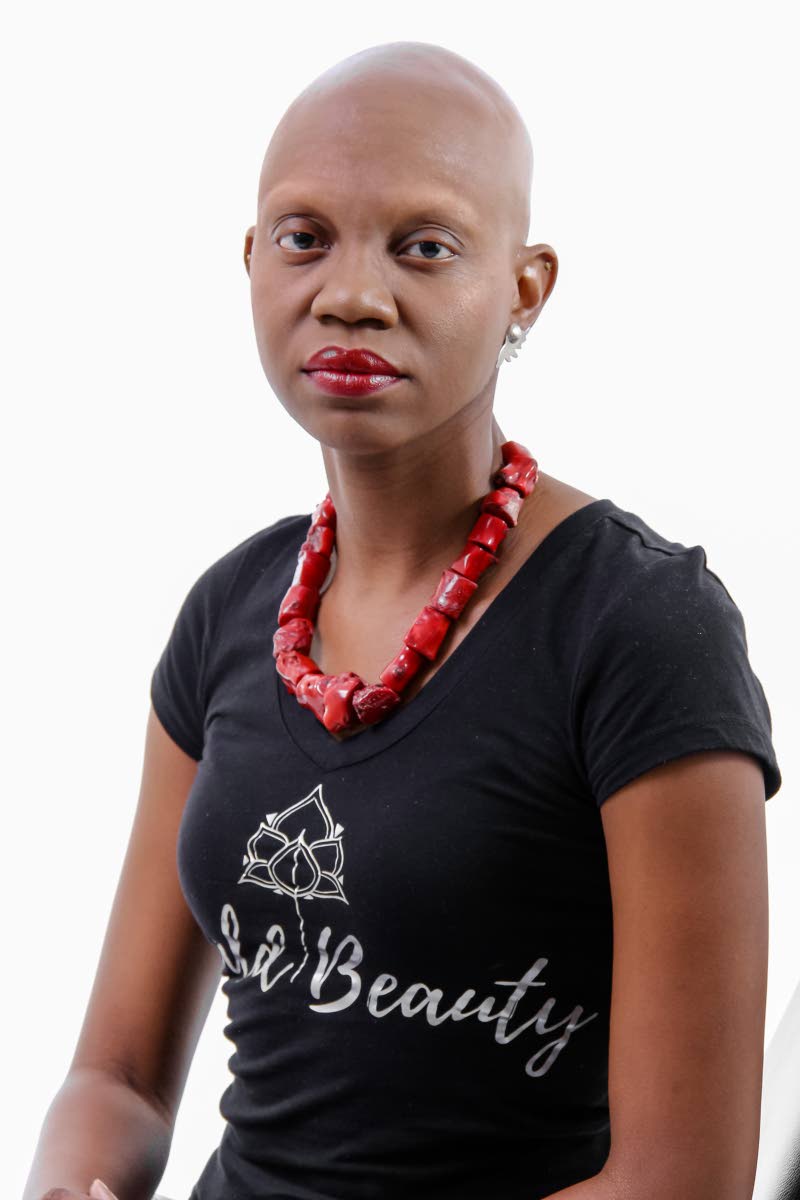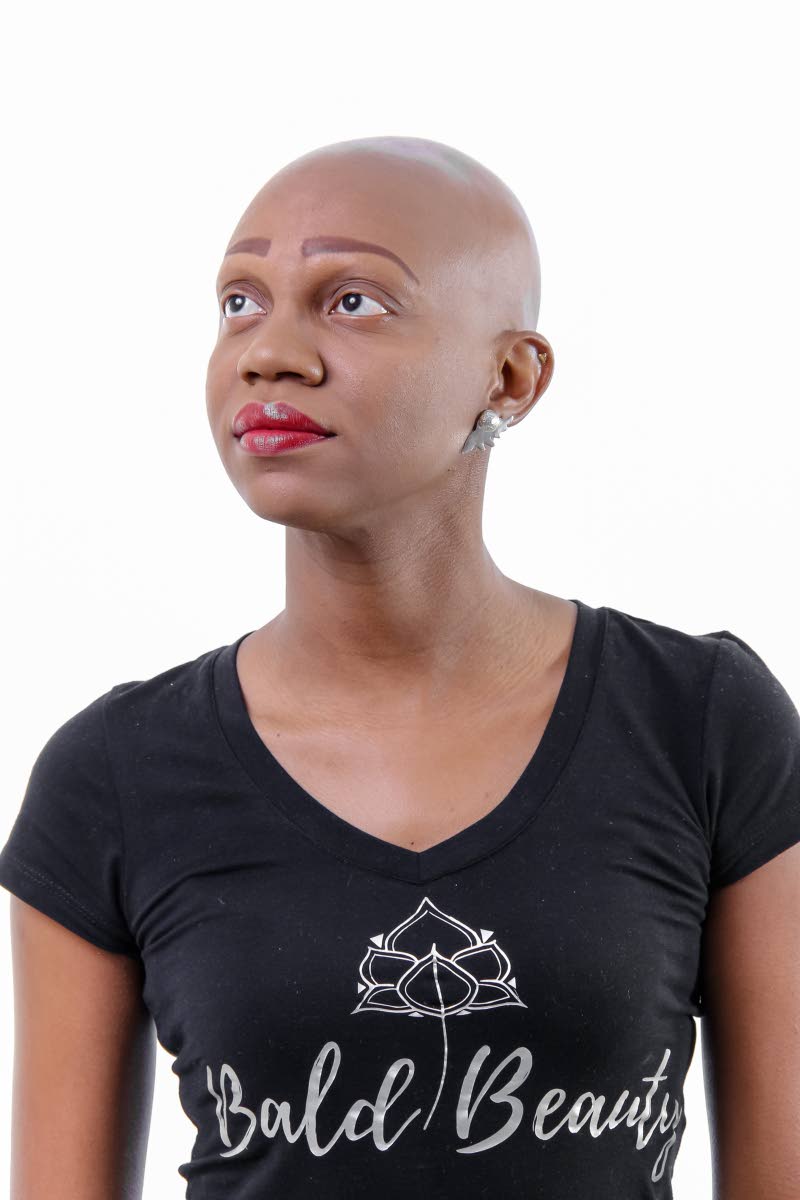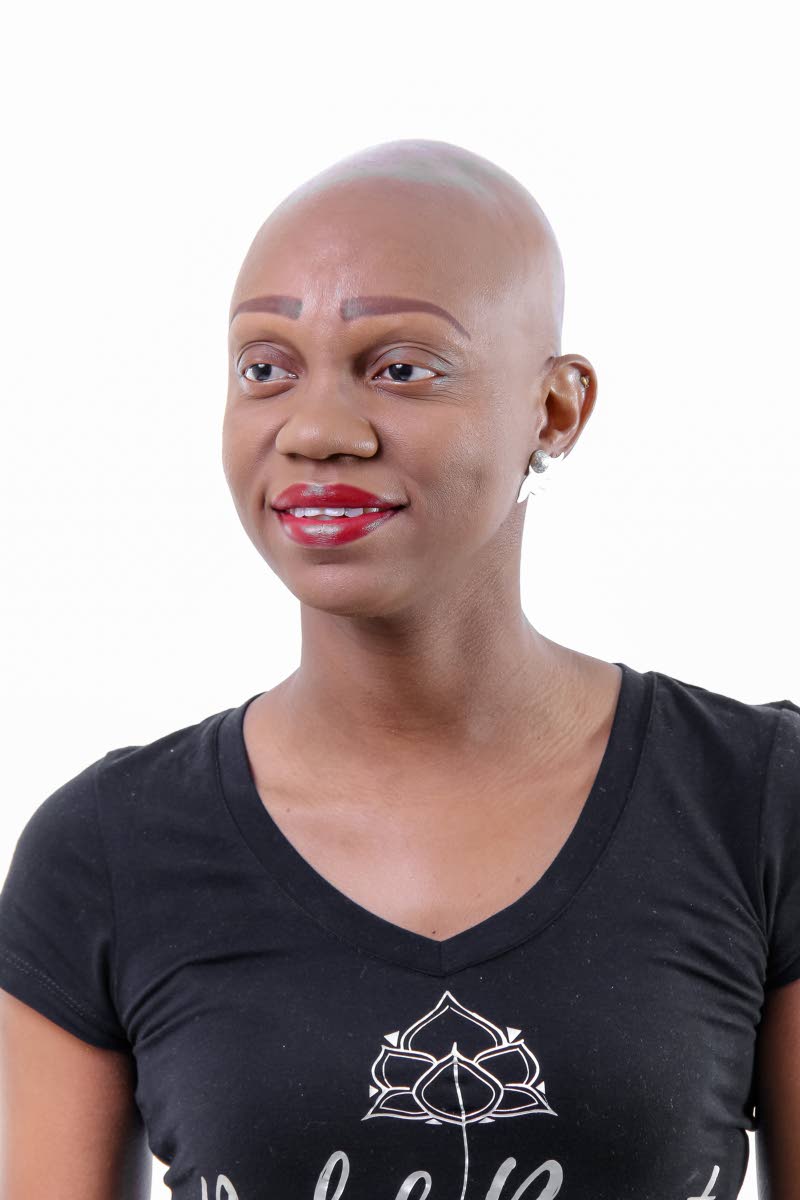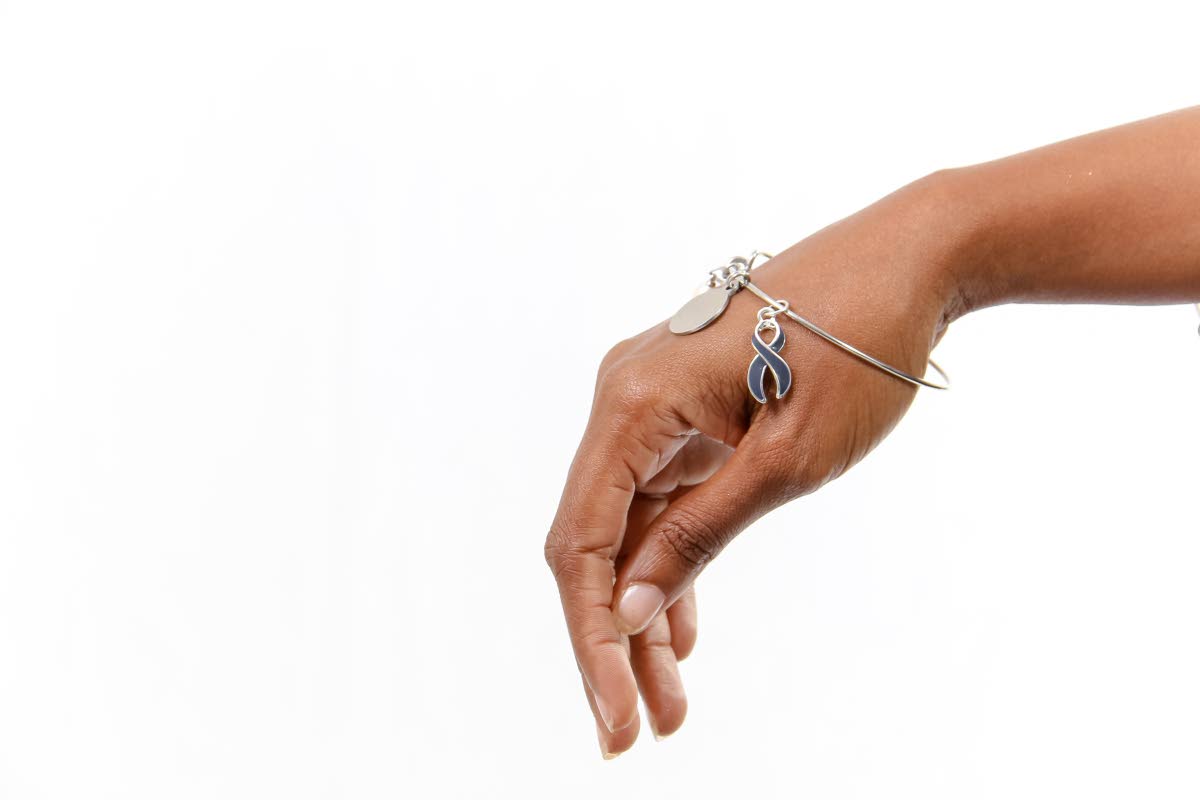Ain Earle: Advocating for persons with Alopecia
Ain Earle is the founder of Bald Beauty, a foundation with a mission to empower people with Alopecia to live their best lives without hair. Ain has Alopecia herself, an autoimmune disease where the body’s immune system perceives hair to be foreign and attacks it. The disease’s causes are hard to pinpoint and there is no known cure.
September also marks International Alopecia Awareness month, a time dedicated to spreading uplifting messages to people with Alopecia as well as creating a culture of understanding and acceptance for the general public.
Ain’s mission with Bald Beauty is to have visible Alopecia awareness and support, an underrepresented disease when placed against the backdrop of awareness drives and campaigns for other autoimmune diseases such as diabetes and lupus.
“Bald Beauty’s vision is the celebration of beauty without judgment, and to make the general public aware of the disease towards being accepting and supportive of persons without hair,” Ain says ahead of the foundation’s official launch. She is currently spearheading the foundation alone, with the support of friends as well as others living with Alopecia.
“The main thing is to share our stories and information on the disease. Awareness is number one. In the long-term, I hope to have a network of women and men (yes, men can get Alopecia too) celebrating beauty without hair, supporting those who are having a difficult time dealing with the transition and condition, and assist those who may need further help with counseling, makeovers, or wigs.”
Her own personal story has not been stunted because of her diagnosis. The last of two girls and an “East girl” to heart (she was born in Arima), Ain professes a love for Trini culture. As a child, she learned to play the steelpan and played with several steelbands including birdsong, Exodus, and Sforzta. She loves playing Mas and has reveled every Carnival from her primary school years to the present.
With an educational background in Hospitality & Tourism and Marketing, she has years of experience in tourism development, marketing, public relations, and communications.
“I always had my own style and an interest in fashion,” she shares, “and co-founded an all-local fashion market which led me to start my own fashion branding and marketing consultancy over two years ago, The Fashion Arch.”
But the successful and passionate advocate that stands today did not materialize overnight – Ain tells the story of the traumatic hair loss that she had to grow to accept and love.
She first noticed smooth spots on her skin at 20, as if hair had never grown there. “At first, I thought it was just stress as I had just lost my grandmother,” she says, but the spots started to spread in size. The first dermatologist she sought diagnosed her with both psoriasis and Alopecia, saying the two were linked. He also believed Ain’s childhood asthma was a possible trigger. He prescribed her women’s Rogaine and other medication, but there was no improvement.
The spots continued to grow and Ain was having a hard time dealing with the rapid hair loss. “In the space of two years I was losing most of my hairline and had to wear head scarves to cover the loss; it was frustrating and scary.”
The third dermatologist she visited after two years of experiencing symptoms prescribed a rigorous regime of steroid injections directly to the spots, a tiring and painful process.
“I hid my condition from most and wore scarves daily,” she says of the emotional toll her treatment and the disease took on her in her earlier years. “I watched my hair drop out on its own day by day – it was traumatic. I heard stress made it worse but there was no way I couldn’t stress over what was happening.”
At the age of 24, all the hair on her head had fallen. She describes feelings of shame, frustration, and depression. “How was I to go out in public like this? There were questions I avoided, stares I avoided; very few persons knew of my condition,” she says of the social anxiety attached. She had to learn to draw on her eyebrows and protect her skin more as there was no hair on her scalp.
As she started pursuing her Masters in Barbados, she was referred to another dermatologist. “After one visit, I was tired of the steroids, visits, and false hope; I decided to stop going to the doctor and my parents supported my decision.” It was another year before she felt brave enough to show her bald head in public, amidst curious stares, but she slowly started to accept herself.
“I knew this was how I was going to look from now on.”
Of the journey to acceptance, she says it takes time to move past the trauma of witnessing your body’s hair loss in real time. “You feel as if you have no control… but lean on those who support you. It’s just hair, it may or may not grow back but it doesn’t define who you are,” she says to others who may have Alopecia or are experiencing early symptoms. “Learn to love yourself more, find all the other awesome things that make you you, outside of your hair.”
She points out the differences in treatment persons with Alopecia may experience, based on their physical appearance. “Persons see a bald person and immediately think ‘cancer’; they may have never even heard of Alopecia. We are not sick or dying, we just don’t have hair!” she says of the misconceptions she has faced personally.
She has been stopped and searched at airports because of her headscarf, as well as been told it is an inappropriate accessory for the office environment (“The AC dried my scalp and I felt cold fairly quickly,” she explains. “And when I stopped wearing the head ties it was taken as a style and a ‘bold move’”).
She is adamant that her lack of hair is no reflection on her qualifications or her ability to complete tasks. “If persons were more aware of the disease, it would remove any doubt people may have about my appearance,” she says of the importance of raising awareness and sharing her story, as well as dispelling outdated opinions that women should be judged on their physical appearance.
At this time, Ain says there are no other resources or support groups for people with Alopecia in TT. Her passion as an advocate living with the disease is fuelled by her own interpersonal relationships. Last year, a friend of Ain’s revealed that her daughter was diagnosed with Alopecia and was having a hard time coming to terms with the disease. Most Alopecia diagnoses occur within adults – hardly any of whom Ain was able to locate in TT – yet, here was a child whose only concerns should be the exploration of innocence.
“I always felt like I should share my story but I realised then that it was bigger than me and there must be others out there that may not know what to do, who to speak to, or may be hiding their condition,” she says of the moment she decided to be a vocal advocate for raising awareness.
While Bald Beauty is still in its infancy, Ain has a vision for the foundation that can help spread understanding about an underrepresented disease. “Hair is not the only thing that makes one beautiful; it’s how we treat others, the good we do, and the positive we leave behind. Bald is beautiful!”
She credits her bravery to the support that surrounds her and her own full acceptance of her Alopecia diagnosis. “I am more than that bald girl who is into fashion; I am Ain Earle: entrepreneur, fashion and tourism advocate, food lover, and travel lover… who just happens to be bald!”
You can join the Bald Beauty page on Facebook (search “Bald Beauty”) to learn more about living with Alopecia in TT.







Comments
"Ain Earle: Advocating for persons with Alopecia"